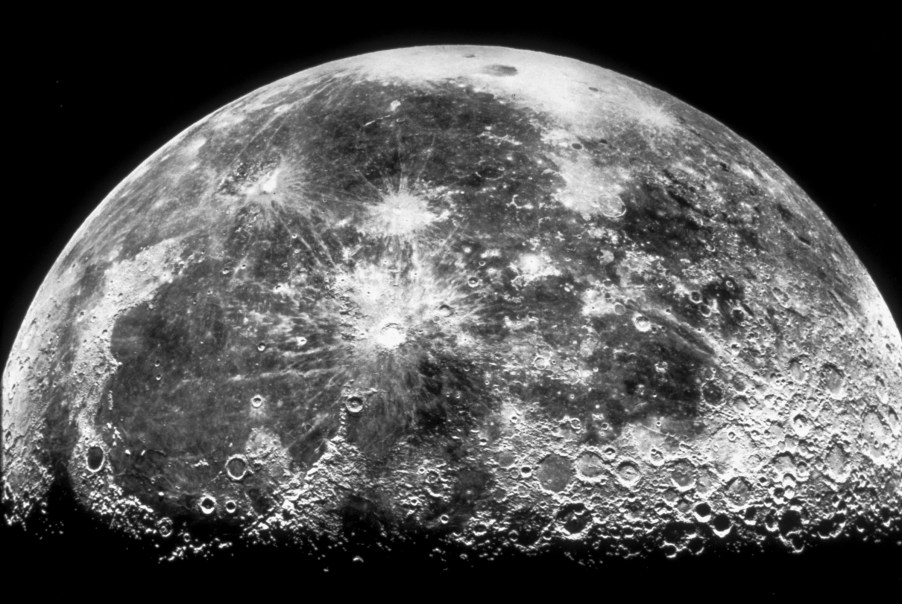
Want to Race a Car on the Moon?
If you are a human being currently on Earth in 2020, you probably understand the desire to look toward the heavens and dream of doing Sci-Fi space shenanigans. The car world hasn’t gotten to enjoy space that much. We had Elon send his goofy car into space, but that’s about all we got – until now. Moon Mark plans to let two teams of high-schoolers design, build, and most importantly, race remote-control cars on the face of the Moon.
Kids these days are building remote controlled cars in space
When I was a kid, all we did in shop class was build birdhouses and learned how to measure. Kids nowadays are getting to build race cars on the Moon. Unbelievable.

Moon Mark is a multimedia educational content company. The Drive reports that this Moon racing competition’s announcement got many people’s attention from across the car-design and racing worlds. Moon Mark enlisted the services of famous car designer Frank Stephenson, who is best known for the reborn Mini Cooper, the McClaren P1, and the Ferrari F430, and will be helping the kids design their lunar whips. Herman Tilke, who designed multiple F1 tracks, will design the track for the Moon race. Also, Ross Bentley is signed on to be the racing coach for the Moon-eyed racers.
The Moon Mark competetion is open to the entire world
There are going to be two teams permitted to compete on the Moon. The teams will compete on Earth to decide which two teams will make it to the big stage in the sky. After the final teams are selected, Stephenson will help the teams design their space racers. The Lunar Outpost has already designed the space cars’ internal workings, but the students will be responsible for all the rest.
Once the teams are decided and the cars are done, the remote-controlled racers will be loaded into a SpaceX Falcon 9 and dropped off by Intuitive Machines’ Nova-C lunar lander. SpaceX is planning the launch for October of next year.
How will they send the signal from Earth to the Moon racer
The Nova-C lunar lander will act as the signal hub that sends the signals to and from Earth. The Wi-Fi signals will be what relays telemetry information from the drivers to the cars. They are going to live stream the entire event by covering the race track in cameras.
The calculations suggest that when a kid on Earth thumbs the joystick, it will take that signal 1.3 seconds to get to the race car. The other complication is that the video feed will take 2.3 seconds to get from the Moon back to Earth. There are some problems here, but let’s let the science people figure it out.
This is going to be one pricey mission for Moon Mark
Intuitive Machines and Moon Mark will be the first private Moon landing in history. Part of the reason for this is that going to the moon is very, very expensive. No matter how expensive it is, Moon Mark and Intuitive Machines are assuming the publicity surrounding education will pay dividends. The Drive Reports that New Atlas ran the numbers on the cost of running some cars to the moon, and in scientific terms, it’s about 2 crap-tons.
As New Atlas puts it, “Each car will weigh 2.5 kg (5.5 lb), and the “deployment mechanism” used to deposit them on the lunar surface will weigh a further 3 kg (6.6 lb). This 8 kg (17.6 lb) combined weight is a big deal because it’s going to the Moon. That’s somewhat of a special delivery, and not a cheap one. Lunar logistics company Astrobotic, for example, is currently quoting prices of US $1.2 million per kilogram (around the US $544,000 per pound) to plonk things down in one of its Peregrine lander modules.”



